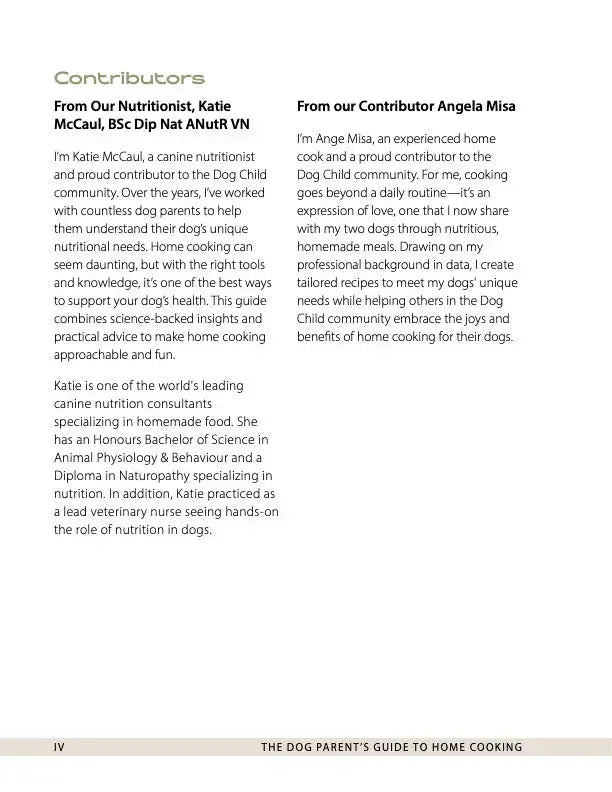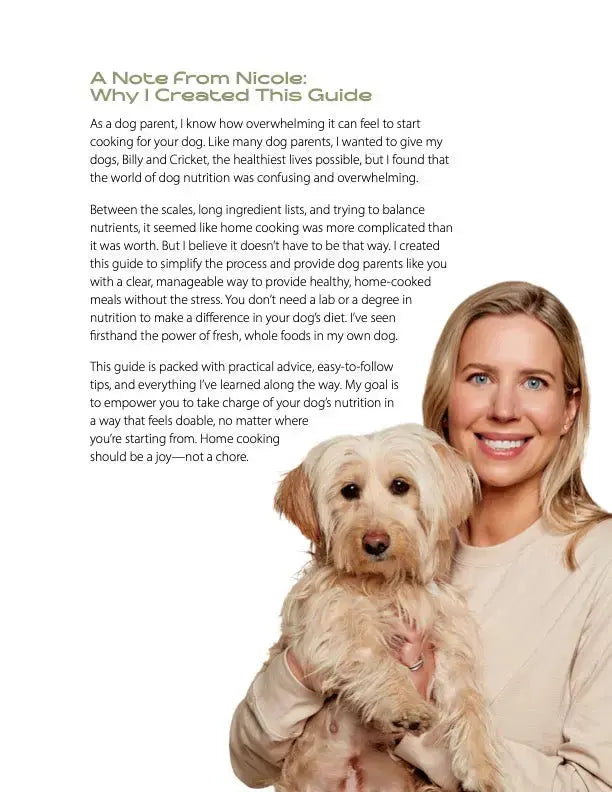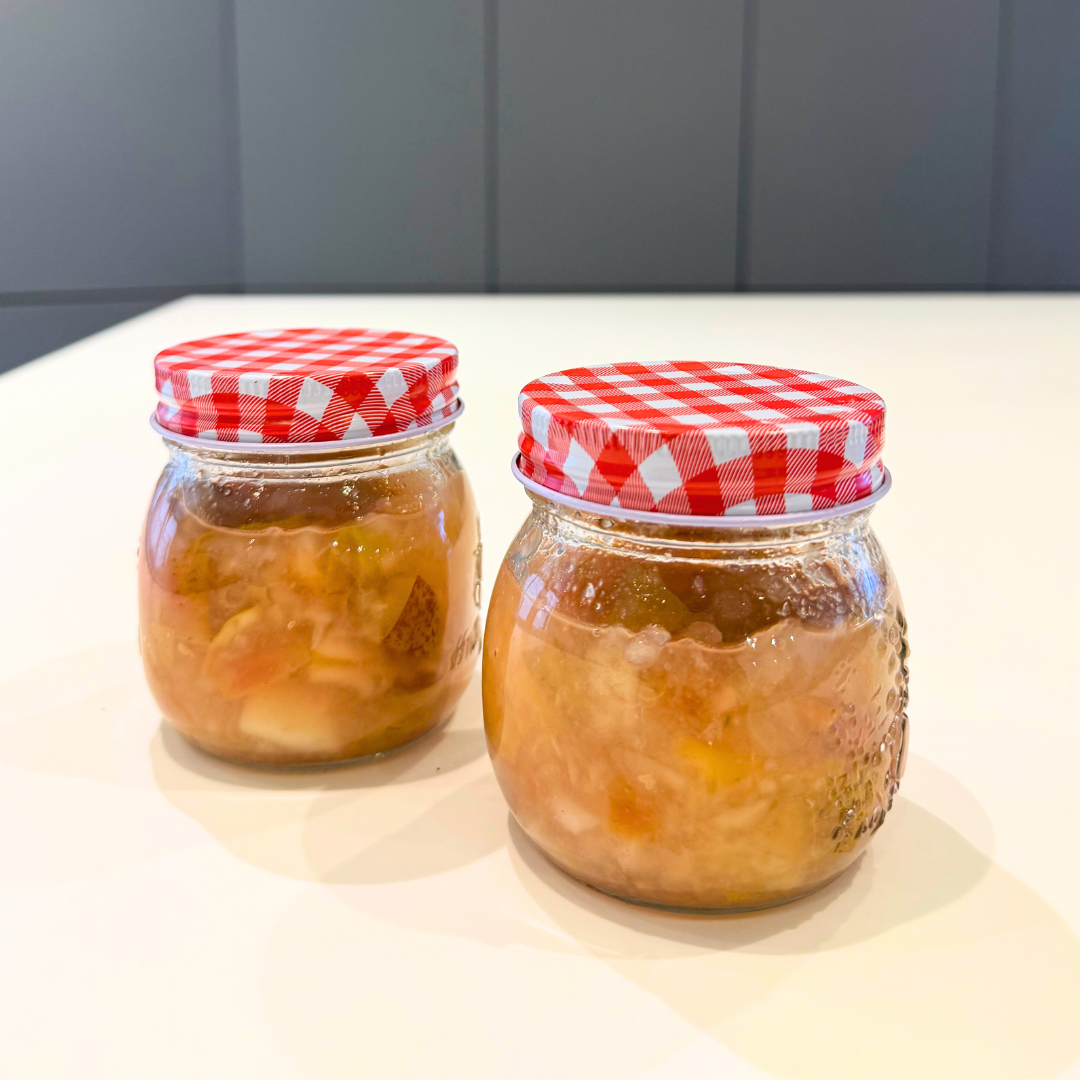Recipe Note
1. What vegetables can I use in the
Chopped Chicken Salad for Dogs?
You can use a variety of vegetables in
your dog's chopped chicken salad. Some dog-friendly options include:
Carrots
Green
beans
Broccoli
Spinach
Peas
Sweet
potatoes These vegetables provide essential vitamins and minerals for your
dog's health.
2. What are hemp hearts, and why are
they good for dogs?
Hemp hearts are the shelled seeds of the
hemp plant. They are rich in protein, omega-3 and omega-6 fatty acids, and
essential minerals. For dogs, hemp hearts can:
Support
healthy skin and coat
Boost
the immune system
Promote
joint health
Improve
digestion
3. Why is WagWell's Ahiflower Omega Oil better
than fish oil for dogs?
Ahiflower Omega Oil is a plant-based
source of omega-3 and omega-6 fatty acids. It offers several advantages over
fish oil:
Higher
Conversion Rate: Ahiflower has a higher
conversion rate of omega-3 fatty acids than fish oil.
Sustainability:
Ahiflower is more environmentally sustainable as it is plant-based and
does not deplete marine life.
Purity:
It is free from contaminants often found in fish oil, such as heavy metals
and toxins.
Balanced
Profile: Provides a balanced omega-3 to
omega-6 ratio beneficial for dogs.
You can buy online here.
4. What other proteins can I use in the
Chopped Chicken Salad for Dogs?
Besides chicken, you can use various
proteins in your dog's salad, including:
Turkey
Beef
Lamb
Fish
(like salmon or whitefish)
Eggs
These proteins offer different nutritional benefits, and rotating proteins
can ensure your dog gets a well-rounded diet.
5. Why is a snuffle mat great for dogs?
A snuffle mat is a feeding mat designed
to engage your dog's sense of smell and natural foraging instincts. Benefits of
using a snuffle mat include:
Mental
Stimulation: Helps keep your dog
mentally active and reduces boredom by providing an enriching activity.
Slower
Eating: Encourages slower eating, which
can aid digestion and prevent bloating by making your dog work for their
food.
Stress
Relief: Provides a calming activity that
can reduce anxiety and stress, especially in dogs that are prone to these
issues.
Training
Tool: Useful for training and
reinforcing positive behaviors, helping to focus your dog’s attention and
energy.
Improved
Digestion: Slower eating can promote
better digestion and reduce the risk of gastrointestinal problems.
6. What makes Ahiflower a superior
source of omega fatty acids compared to other plant-based oils?
Ahiflower stands out among other
plant-based oils for several reasons:
Comprehensive
Omega Profile: Ahiflower contains a unique
combination of omega-3, omega-6, and omega-9 fatty acids, providing a
broader spectrum of essential fatty acids than flaxseed or chia seed oils.
High
SDA Content: Ahiflower is rich in
stearidonic acid (SDA), a highly effective omega-3 fatty acid that
converts more efficiently to EPA (eicosapentaenoic acid) in dogs, offering
similar benefits to fish oil without the fishy taste or odor.
Anti-inflammatory
Properties: The balanced omega-3 to
omega-6 ratio in Ahiflower helps reduce inflammation, promoting joint
health, skin health, and overall well-being.
Allergen-Free:
Ahiflower is free from common allergens found in fish oils, making it
suitable for dogs with fish or seafood allergies.
7. How do I incorporate Ahiflower Omega
Oil into my dog's diet?
Adding Ahiflower Omega Oil to your dog's
diet is simple. You can:
Drizzle
it over their meals: Add the recommended dosage
to your dog's food at mealtime.
Mix
it into homemade recipes:
Integrate it into recipes like the Chopped Chicken Salad for Dogs for
added nutrition.










